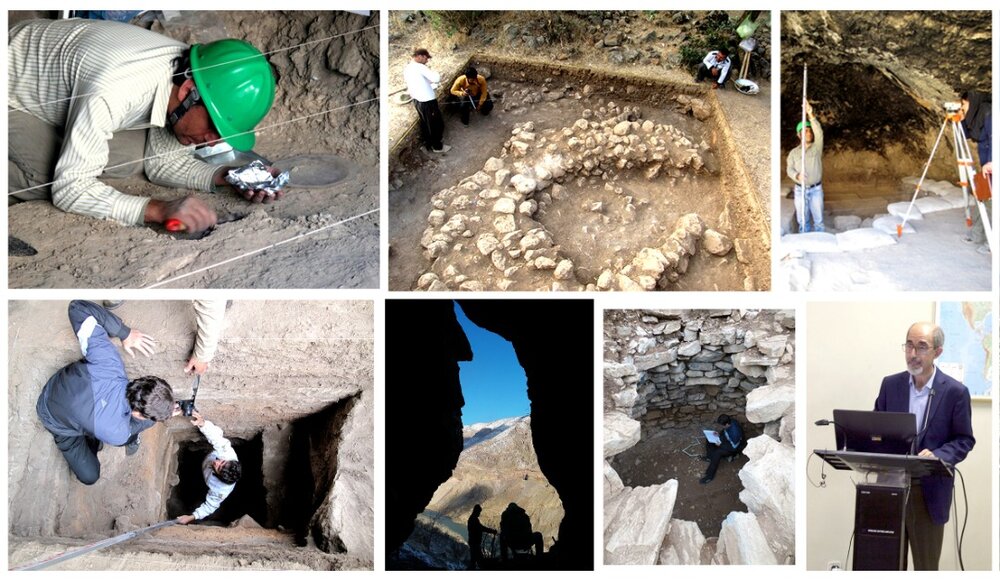Archaeologists tell of efforts to conserve ancient culture near developing dam

TEHRAN – A team of archaeologists has briefed on its efforts to conserve relics and remnants of an ancient culture near a developing embankment dam in western Iran.
The results of rescue excavations of the Darian Dam in Uramanat were presented at a conference in Iranology Foundation, a curator of the National Museum of Iran told Tehran Times on Tuesday.
The team who was in charge of Rescue Archaeological Excavations in the area of Darian Dam in the Uramanat World Heritage Site presented the results of their studies in three lectures on the occasion of Research Week at the Iranology Foundation in Tehran.
The Darian salvage project, under the general direction of Fereidoun Biglari, conducted several seasons of archeological surveys and excavations within the area of the Darian Dam and reservoir in the Kurdistan and Kermanshah provinces from March 2015 to March 2016 when the flooding of the reservoir led to the inundation of those sites under rescue excavations.
This research revealed archaeological evidence of human occupation from the Middle Paleolithic to the late prehistoric, and the historic periods up to nomad and herder seasonal sites of the late Islamic period.
Among the recorded sites, sixteen caves, rock shelters, graveyards, and villages located along the Sirwan, Gerdalan, and Zhawaro Rivers were tested or excavated. In the first lecture entitled "Salvage excavations within the area of Darian Dam, a step toward understanding the human settlements of the mountainous region of Uramanat from prehistory to recent centuries “, Fereidoun Biglari, Director deputy of the National Museum of Iran and Director of the Darian Dam Archeological Salvage Project (DDASP) presented a general review of the project and its results.
According to Biglari, these excavations provide first-hand information on the seasonal settlements of Stone Age(Paleolithic) hunter-gatherers, early villagers and herders (Chalcolithic), and Iron Age burials and settlement (2nd and 1st Mill BC). He emphasized that: " So far the results of these excavations have been presented in two national conferences in 2016 and 2019, as well as a conference dedicated to the results of these excavations entitled "The First Conference on Archaeology of Uramanat, Archaeological Salvage Excavations at the Darian Dam Reservoir" in 2018 at the Kurdistan University, Sanandaj.
He added that so far seven articles in English and French and eight articles in Persian have been published by the members of the Darian research team and several other articles are being prepared.
According to him, in addition to scientific results, constructing a site museum on the Iron Age grave and carrying out protective measures in one of the excavated caves before the flooding of the dam area were two successful results of the project.
Moreover, he expressed hope that the Darian Dam research teams would be able to continue their research in this important mountainous region of west Zagros. Two other presentations were "Ruwar Tomb: A window into the Material Culture, Burial and Biological Archeology of Iron Age Human Communities in the Sirwan Valley, Darian Dam area, Uramanat" presented by Taher Ghasimi, and "Ethnoarchaeological studies in the area of Darian Dam, an attempt to identify prehistoric seasonal migration patterns in Uramanat" presented by Neda Tehrani.
Uramanat is considered a cradle of Kurdish art and culture from the days of yore. Pirshalyar, which is named after a legendary local figure, is amongst time-honored celebrations and rituals that are practiced annually across the region.
AFM
